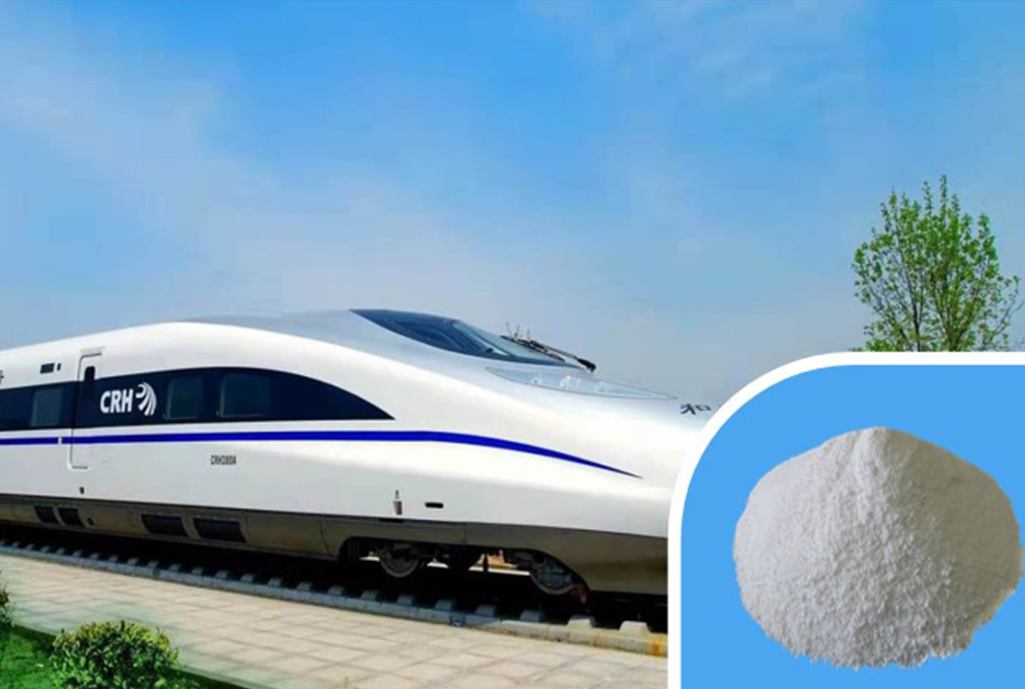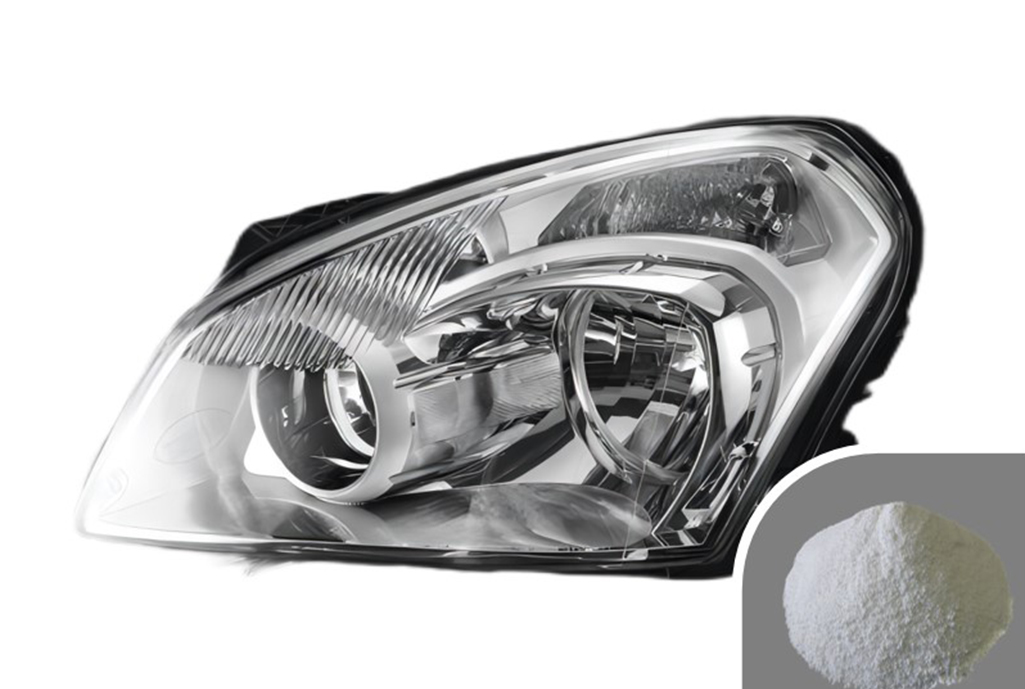What is ammonium polyphosphate?
2025-09-01
Ammonium polyphosphate (APP) is a fascinating and highly versatile chemical compound. While its name might sound technical, its applications are widespread, playing a crucial role in everything from agriculture to fire safety. At its core, ammonium polyphosphate is an inorganic salt formed from the reaction of phosphoric acid and ammonia. Its structure is what makes it so useful—it’s a polymer, or a long chain, of repeating phosphate units.
A Multifaceted Chemical: Key Uses of Ammonium Polyphosphate
The utility of ammonium polyphosphate is best understood by looking at its two primary functions: as a fertilizer and as a flame retardant.
The Agricultural Powerhouse
In agriculture, ammonium polyphosphate is a highly effective source of essential nutrients. It serves as a concentrated fertilizer that provides both nitrogen and phosphorus, two of the most critical macronutrients for plant growth. The long-chain polymer structure allows the phosphorus to be released slowly, providing a steady supply of nutrients to the plants over time. This makes it a more efficient and longer-lasting option compared to other phosphate fertilizers, and it’s especially popular in liquid fertilizer formulations.
The Ultimate Fire Fighter
Perhaps the most remarkable application of ammonium polyphosphate is its role as a flame retardant. It is a key component in many intumescent coatings, which are paints or sprays that swell up when exposed to heat. Here's how it works:
-
Melting and Dehydration: When a material treated with ammonium polyphosphate is heated, the APP melts and begins to dehydrate, releasing water and forming a sticky, carbon-rich residue.
-
Char Formation: This sticky residue forms a protective, non-flammable char layer. This char layer acts as an insulator, preventing heat and oxygen from reaching the underlying material and fueling the fire.
-
Gas Release: During this process, the APP also releases non-combustible gases like ammonia and water vapor. These gases help to dilute flammable gases and starve the fire of oxygen.
This intumescent action makes ammonium polyphosphate an ideal choice for protecting structural steel, wood, and textiles.

Understanding the Different Grades of APP
Not all ammonium polyphosphate is the same. It comes in different grades, typically designated by their chain length (n). The most common grades are APP I (with a short chain) and APP II (with a long chain).
-
APP I: This grade has a lower polymerization degree, making it more soluble in water. It is primarily used in liquid fertilizers.
-
APP II: With a higher degree of polymerization, APP II is far less soluble in water. This insolubility is what makes it so effective as a flame retardant for solid materials and coatings, as it won't leach out of the material when exposed to moisture.
From helping our food grow to protecting our buildings from fire, ammonium polyphosphate is a testament to how specialized chemical compounds can have a profound impact on everyday life. Its dual functionality makes it a truly unique and indispensable material in both industrial and agricultural sectors.




















